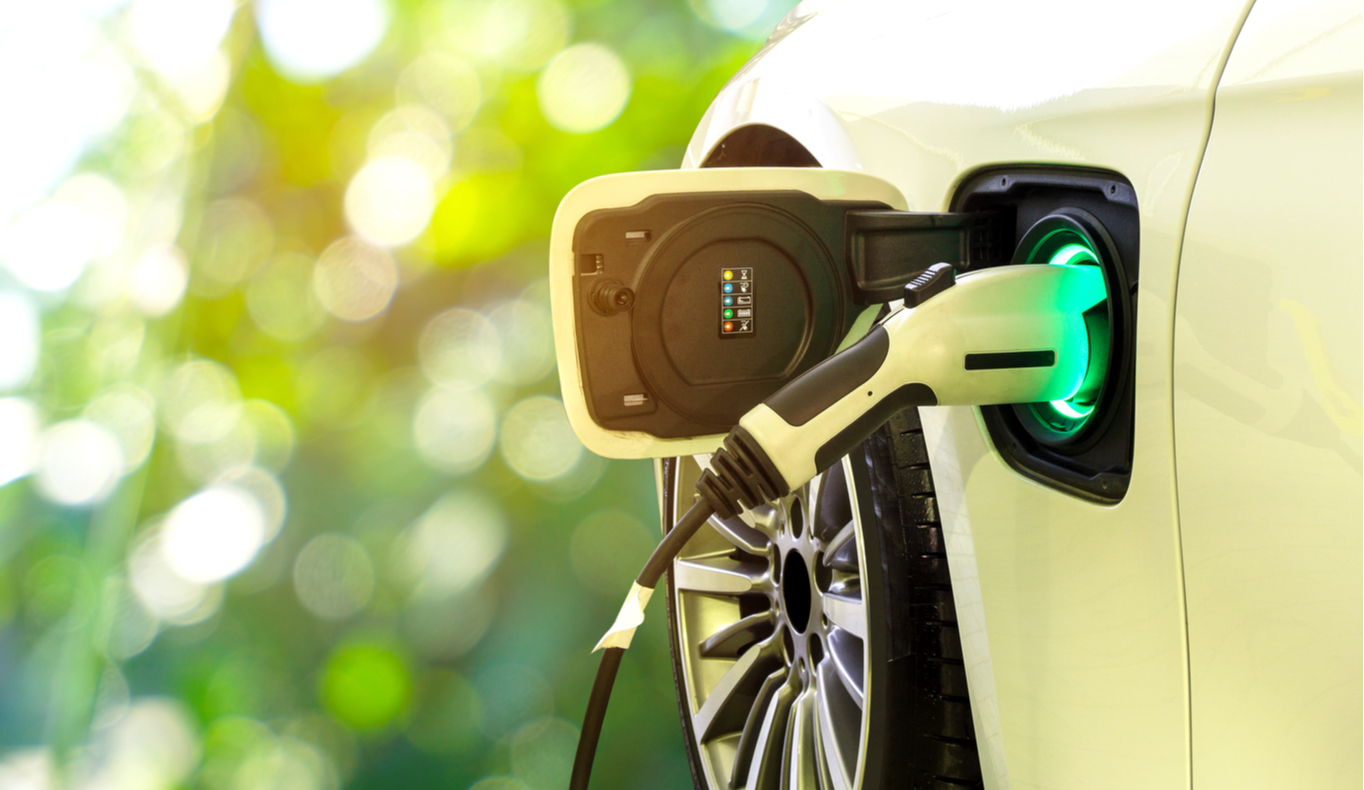Driving smoothly into the consumer EV market
Consumer demand for more sustainable consumer transport is high and market conditions support mainstream EV adoption. What do motor brands, consumer destinations and logistics operators need to know, to make the most of this electrifying opportunity?
In our fourth blog in a regular series focusing on environmental, social and governance (ESG), our focus is on electric vehicles – an increasingly common sight on the UK’s roads.
These days it’s not just celebs and influencers who parade their green credentials with their Prius or Tesla. More choice, better charging infrastructure, longer vehicle ranges, affordable finance and fiscal incentives are persuading more and more ordinary consumers to join the EV gang.
Scenes of panic over presumed fuel shortages in autumn 2021 put the growing number of electric vehicle (EV) owners in a strong position. Suddenly, everyone wanted one – showrooms were inundated with enquiries and prospective owners joined waiting lists for test drives and for the privilege of buying new vehicles.
It feels like we’re now at the point of mass adoption, with the 2030 ban on new fossil fuel vehicle sales less than a decade away. Manufacturers, dealerships, fleet operators, drivers and infrastructure owners are all adapting fast to the changing market – what does the future hold and how can data insight help everyone thrive?
Who’s buying EVs?
Government and industry initiatives designed to accelerate EV adoption need to understand differences in consumer opinions and propensity to buy EVs. CACI’s 2021 EV survey shows that age and affluence both influence consumer behaviour – even when they have the means to buy an EV, older consumers are less keen. They tend to be concerned about range, despite typically making shorter journeys. That insight can help to explore the inhibitors and shape messaging to overcome consumer concerns.
We also identified less known benefits that could make EVs more attractive if consumers knew about them.
Only 41% of non-EV owners identified that they could enjoy a quieter ride, compared to 59% of EV owners. And only 28% of EV owners identified lower servicing costs as a plus point
That suggests there’s an opportunity to tell consumers what they could save beyond the obvious cost of refuelling.
Data and insight are invaluable to manufacturers who need to know who to target, both in the way they design new vehicles and the way they promote them. New brands have risen rapidly to take advantage of the global opportunity for more sustainable consumer travel. Few UK consumers had heard of Polestar three years ago – now their cars are a common sight and the brand is well known from TV and digital advertising.
We’ve worked with Mazda to help them tailor content and produce engaging campaigns that appeal to the best audiences for their MX-30 EV. Current, accurate consumer data and granular analytics are key to the “impressive” results Mazda has achieved.
Is the infrastructure keeping pace?
Service stations, retail operators and landlords need to understand the opportunity so they can make the business case to invest in charging points. They need to drill into consumer and market data for EV adoption and understand the impact on their core users and customers.
If these organisations can’t size the demand and provide suitable charging facilities, they risk losing customers to better equipped rival sites. As well as losing revenue, that could depreciate real estate assets. In our EV survey, 55% of respondents said they would be influenced to visit a specific location if it provided an EV charging point.
Energy providers also rely on insight into consumer patterns of EV adoption, so they can plan infrastructure and provision. We’ve recently worked with EDF Energy to help them plan for demand and promote their home charging tariffs. A series of highly targeted campaigns engaged customers who already own or were at the point of purchasing an EV, to provide timely and relevant info and offers.
Have EVs lived up to their promise for early adopters?
Our survey showed that improved range in the latest EVs has supported strong owner satisfaction. As early adopters trade in and trade up, there will be more second-hand vehicles available, allowing more consumers to adopt EVs. EV ownership will be mainstream rather than a novel talking point.
There’s an opportunity for EV brands to focus on the capabilities of the latest EVs, to create a tipping point for hesitant or sceptical prospects.
Marketers who can use data analytics to pinpoint the most resonant messages for different segments and engage them directly will have a distinct advantage.
How much does sustainability really matter to purchasers?
Blanket news coverage around COP-26 has increased public awareness and concern about sustainability still further. This impetus nudges more consumers to look beyond their initial perceptions of EVs, because they want to do their bit for the environment.
More towns and cities are adopting Clean Air Zones and Ultra Low Emission Zones (ULEZ) with fees and penalties for pollution. That’s another powerful influence for vehicle owners who live in or travel to urban areas.
Consumer concern has a knock-on effect for the brands and service providers they use. Fleet and logistics operators are responding to growing awareness of the environmental damage from diesel van pollution. Consumers aren’t turning away from home deliveries, but they do want to see more sustainable approaches. Fleet and light commercial vehicles are swelling the EV market. Motor industry body the SMMT shared a recent survey that suggests fleet operators could collectively reduce CO2 emissions by almost a third through a switch to EVs.
What’s next for EV brands and related commercial and consumer sectors?
The EV market is relatively new and very fast-growing. Consumer desire, mainstream infrastructure, government legislation and attractive savings are creating a perfect storm of opportunity for EV brands. Data about customer perceptions and needs is vital for competitive advantage.
Meanwhile, many other sectors need insight into who’s driving what and where, so they can adapt facilities and propositions to make the most of the opportunity. European and global brands and businesses must seek local data, because every market is different.
Despite entreaties to use more public transport, UK consumers love the convenience of their own private vehicles. And for many, the Covid pandemic has made cars feel like a safer option. Responsible EV messaging as well as smart product development and marketing can help take carbon emissions from private and commercial vehicles off our roads and out of city centres.
We anticipate that consumers will want more and more in terms of green accountability from brands and fleet operators – such as understanding the full carbon footprint of manufacture and delivery. They’ll evolve their opinions as their own experience expands. Keeping pace with these expectations and behaviours through reliable and up-to-date consumer insight is key to commanding market share.
If you’d like to know more about acquiring consumer data that can keep your organisation ahead of EV trends and markets in the UK and beyond, talk to our sustainability insight experts at CACI.
Want to read more from our ESG blog series?
- Climate risk disclosure is just the beginning
- Data is key for successful businesses to take decisive action on sustainability
- Technology helps reduce waste for consumers and businesses
- Responsible and sustainable practices

